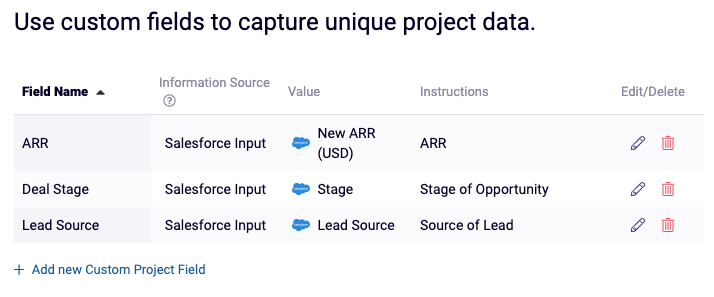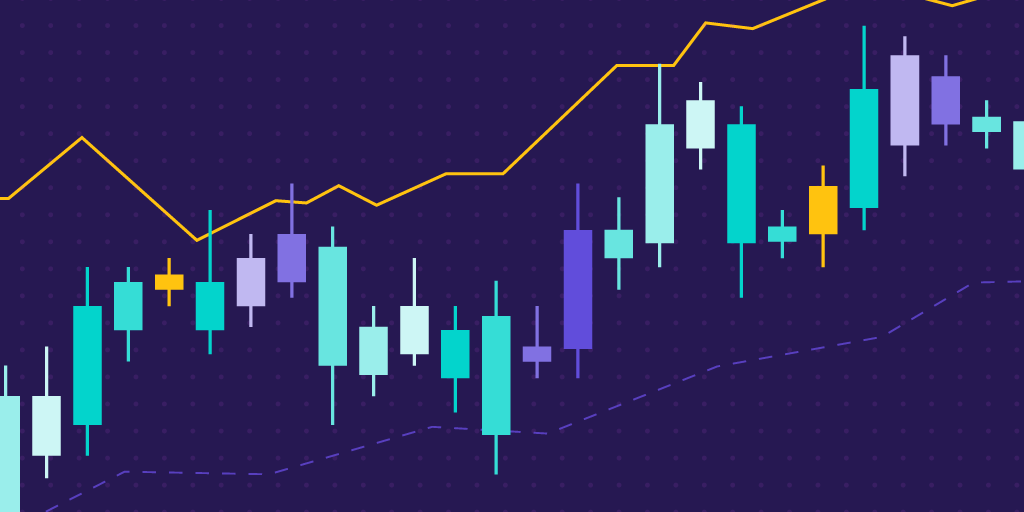Imagine having clear key performance indicators (KPIs) that allow your proposal team to clearly define success. (The dream, right?)
While Sales teams use these critical data points to guide their work daily, RFP teams are often asked to drive without a dashboard. But without access to basic RFP metrics, proposal teams struggle to quantify and communicate their contributions to the business. From justifying headcount to managing deadlines, accessing the right key metrics arms RFP teams with powerful ammunition to prove their team’s value.
In this blog post, you’ll learn three RFP metrics that are critical to gauging the success of your team and unpacking how to effectively measure, starting right now.
RFP Response Outcome Metric: What’s Your Shortlist Rate?
Many people see win rates as a north star metric for proposal teams. However, simply basing success on wins or losses doesn’t capture the nuances of success at different stages of responding to an RFP.
Generally speaking, success should be measured by an RFP’s ability to advance an organization to a winning position on a prospect’s shortlist. This metric is a true measure of RFP success because deals are often won or lost in the stage after this: during demonstration or contract negotiation. While the proposal itself may fulfill its purpose of moving your team closer to winning—losing in the negotiation stage may be due to factors outside of an RFP team’s control (like aggressive pricing from a competitor).
Measuring your shortlist rate provides a more nuanced view on the role of RFPs: They don’t function to close deals. A proposal’s purpose is to push a deal further down the prospect’s evaluation process. In other words, do your RFPs give the sales team an opportunity to win?
How to measure: In order to measure your shortlist rate accurately, you must create a tight relationship between your RFP and the sales data. Make sure that every RFP is associated with a sales opportunity in your Customer Relationship Management (CRM) tool like Salesforce or Salesflare. Then, work with your sales operations team to identify which deal stage should be classified as “shortlisted” (see below). From here, you can (and should) dig into process metrics, which will help you identify areas for improvement.

Connect RFP responses with sales opportunities in Salesforce.
RFP Process Metric: Time to Completion
Research from Loopio’s 2021 RFP Response Trends Report shows that teams take on average 6-10 days to finish responding to an RFP. While this time frame helps, it highlights the challenges of uncovering specific averages in responding to proposals. This makes forecasting and staffing a headache. RFP teams should strive for more granularity in this 6-10 day window. Ask yourself: what are the average turnaround times at each stage of your RFP process?
Key timeframes to measure include:
- How long does it take from the initial request for proposal to the first draft?
- How long does it take from the first draft to the final draft?
- How long does it take for sales to submit an RFP request after the prospect requests it?
- How long does it take to put RFP requests through your go/no-go decision tool?
From the list above, you’ll see that “Time to Completion” can be broken out to include more than just one metric to effectively diagnose what areas of your process need to be improved upon. For example, if you notice first drafts take 3 weeks to approve, you probably need to optimize how your team collaborates.
How to measure: This process should start by identifying the stages in your RFP process that you want to track. Record different dates of what your tracking see the trends and start identifying bottlenecks. While tracking this manually can work for some, having an RFP software helps record this data in a more sustainable way over time.
Revenue Metric: What’s Your Return on Investment (ROI) Per Bid?
To tie outcome and process metrics together (and ultimately, prove the business value of your team) you need to understand the return on investment (ROI) for each bid. ROI per bid will enable your team to communicate value in a language that everyone understands: dollar signs. Once you’ve established this goal, work with sales to measure how each RFP contributes to customer acquisition costs, which will help establish foundational data for your go/no-go framework.
A few factors to consider when calculating the cost of an RFP are:
- Contributor hours (including SMEs)
- Expense of software
- Physical resources (printing, ink, binding, and shipping)
How to measure: What’s important here is to narrow down the type of deals RFPs are involved in. Analyze RFP response times with data like industry and deal size. By doing so, you’ll be able to see which RFPs yield the greatest ROI and sales efficiency, giving you a powerful metric to help prioritize work or demand additional resources.
The Advantage of Connecting Your RFP Software with Salesforce
Measuring metrics like shortlist rate, time to completion, and ROI per bid is made easier with a Customer Relationship Management platform (CRM) like Salesforce that is integrated with your RFP solution (like Loopio). These metrics enable your team to measure success, predict challenges, and stay proactive.
Loopio’s Salesforce integration can help you capture many other metrics as well. This integration allows you to sync RFP data with fields in your CRM, such as industry, company size, sales rep, product line, and many more. For instance, if you see your ROI per bid going down in value, you can quickly pull reports to identify potential reasons why this may be occurring. Could it be due to lower volume or new verticals your organization is tackling? Whatever the reason, you can leverage fields already tracked in Salesforce to proactively track RFP activity.

Sync values from Salesforce fields to RFP details in Loopio.
Start Measuring Your RFP Process Today
For RFP teams large and small (teams of one, we see you 💪) start by tracking just one of these key RFP metrics today. If you’re a Loopio customer, start by keeping track of RFPs that get short-listed. You can easily connect Loopio to Salesforce for a better understanding of how your RFPs influence revenue today.
